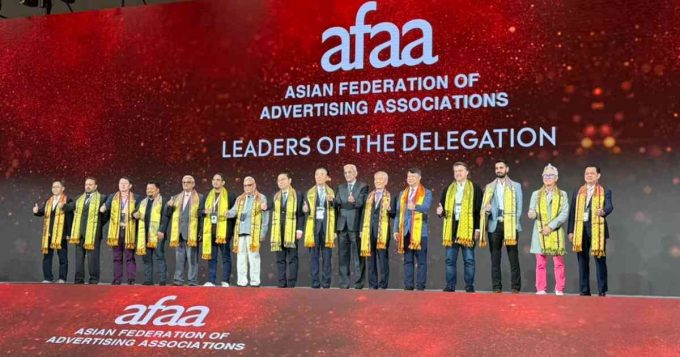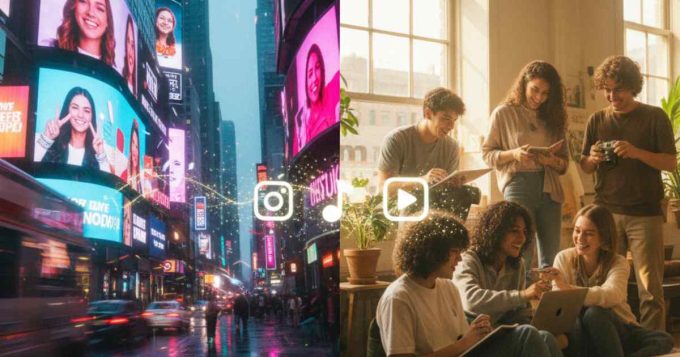The article examines how brands utilise the science of virality, combining psychology and cultural relevance to create trends that captivate global audiences. It delves into strategies used by top brands to stay ahead in the digital marketing game.
In today’s digital landscape, the notion and the act of becoming viral have become the new frontier of marketing. This gold rush for tweets, the memes and the hashtags could possibly start a movement and become an obsession. Which is where the appeal lies, in its potential to go far beyond traditional marketing.
Brands are reaching this elusive standard; they are no longer just selling products. They are tapping into the zeitgeist and selling experiences of becoming a part of something larger, which reflects the collective consciousness of today’s generation. Instagram stories and whims of the algorithm, with the addition of FOMO.
But the question remains, is becoming the latest viral sensation a stroke of luck? I don’t think so, virality, especially now, is all about nuanced strategy, human psychology and cultural awareness.
At its core, the science behind virality delves into the human mind, understanding, triggers, cognitions, and behaviours. It is about understanding the audience, creating what is valuable to them and being ready to ride the wave that could help make an idea or product reach its highest potential.
Viral trends capitalise on our desire for a social connection, the fear of missing out and of course, the innate desire to feel amused. When a product or idea goes viral, it is because it resonates with people on a fundamental level. Jonah Berger, a marketing professor at the University of Pennsylvania, identifies six principles that drive virality in his book “Contagious: How Things Catch On.”
These principles are summarised with the STEPPS:
- Social Currency
- Triggers
- Emotions
- Public
- Practical Value
- Stories.
These provide a framework for understanding why some things spread like wildfire while others fizzle out. These principles have been put into practice by some of the most successful brands in the world.
People like to do things that make them look good. If a product or a trend can make someone feel smarter and more connected, that is when they are most likely to spread the word. This is how some of the top brands in the world have made themselves social currency for consumers. Companies like Tesla, Dyson and Stanley.
Tesla
Tesla developed some of the most groundbreaking inventions. Led by the ever-controversial Elon Musk, illustrates quite well that all publicity is good publicity, as people became aware of the company because of the contentious statements and actions of the owner.
Musk’s proactive and almost questionable social media presence ensures it almost always becomes a headline. His tweet about “No Logo” at the launch of Tesla’s CyberTruck in 2019 became a viral sensation.
This tweet not only help it gain traction but also solidified the image of Tesla as being a status symbol. A luxury and being innovative enough to be recognised as ‘Tesla’ without an identification.
Owning a Tesla wasn’t just about driving an electric car but being a part of the elite, forward thinkers and tech-savvy high society. On the contrary, Tesla spun their immediate failure into a viral success when CyberTruck’s “shatterless” windows shattered during the demonstration, destroying the confident claims. Tesla used this negative traction as a moment to go ‘viral’, enjoying memes and discussions flooding social media, driving massive attention to the brand.
Content that specialises in practical values tends to be shared more often as well. It could be a life hack, advice, or a piece of technology that solves everyday issues. And if a brand can weave a compelling narrative around its product and also over-market it, it becomes an absolute need for people. Therefore, it has become the latest obsession.

Dyson
One such product is Dyson, known for its high-tech, ultra-smart household products. From Vacuums to Hair Styling tools, the company has mastered the art of turning mundane items into objects of intense desire and need.
The company’s approach to virality is rooted in knowledge of its audience. and in innovative engineering. with futuristic, sleek designs that appeal to the consumer based on aesthetics, even if they lack functionality.
Dyson’s Airwrap became a sensation even before it hit the market. The story built around the product regarded it as a game-changer. With the latest technology, its hefty price tag and the over-marketing added to its allure. Dyson thus tapped into multiple principles of virality, making their product a statement.
Viral trends stem from the combination of timing, cultural relevance and reinvention of the familiar. Even if the underlying idea is not entirely new, the presentation and the context in which it appears can make it feel original. Rebranding is one way companies do this; one such brand that made this ingenious move was Stanley.
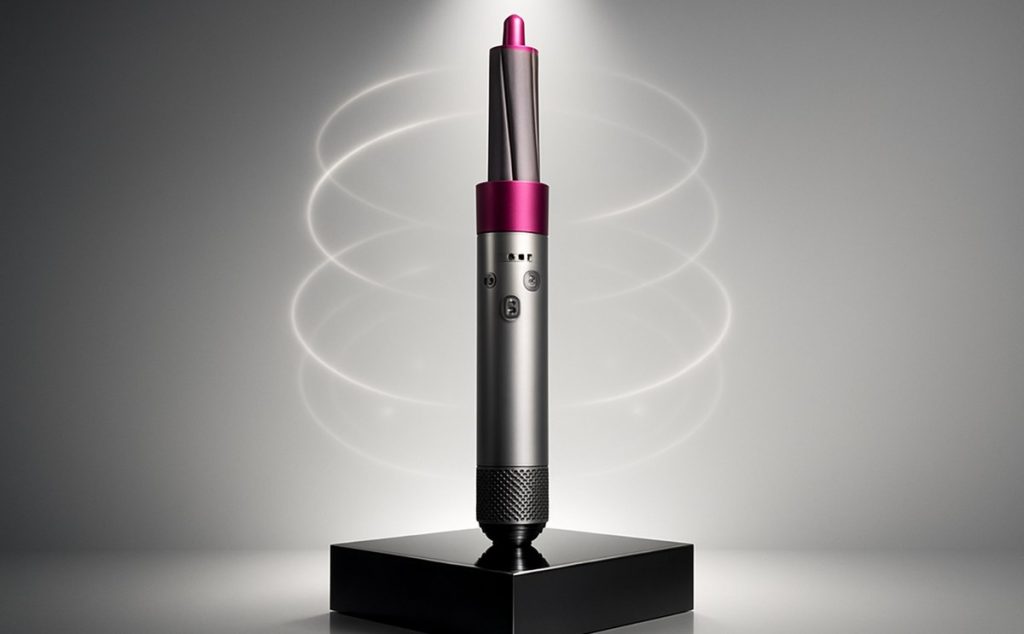
Stanley
Stanley’s resurgence in popularity is a testament to the power of nostalgia. It leveraged its history and reputation in durable items by reintroducing its classic design with a modern twist. Stanley appealed to a varied type of consumers. Their old customers who remembered the brand from their day and age. Whilst the younger generation were drawn to its retro aesthetic, functionality and the bandwagon effect.
The brand’s clever use of TikTok influencers helped make their product a viral sensation. The tumbler’s presence is in short videos and recreations of the trend. Made it a status symbol, reiterating the social currency concept.
Stanley’s success in creating a product for eco-conscious people that was easy to share and imitate is the perfect example of the public principle of virality.
Cultural resonance emerges from a deep understanding of current societal shifts and the ability to accept and follow them. They become triggers or cues that remind people to talk about a product or an idea. For instance, a conversation about climate change and green technology will often lead back to Tesla.
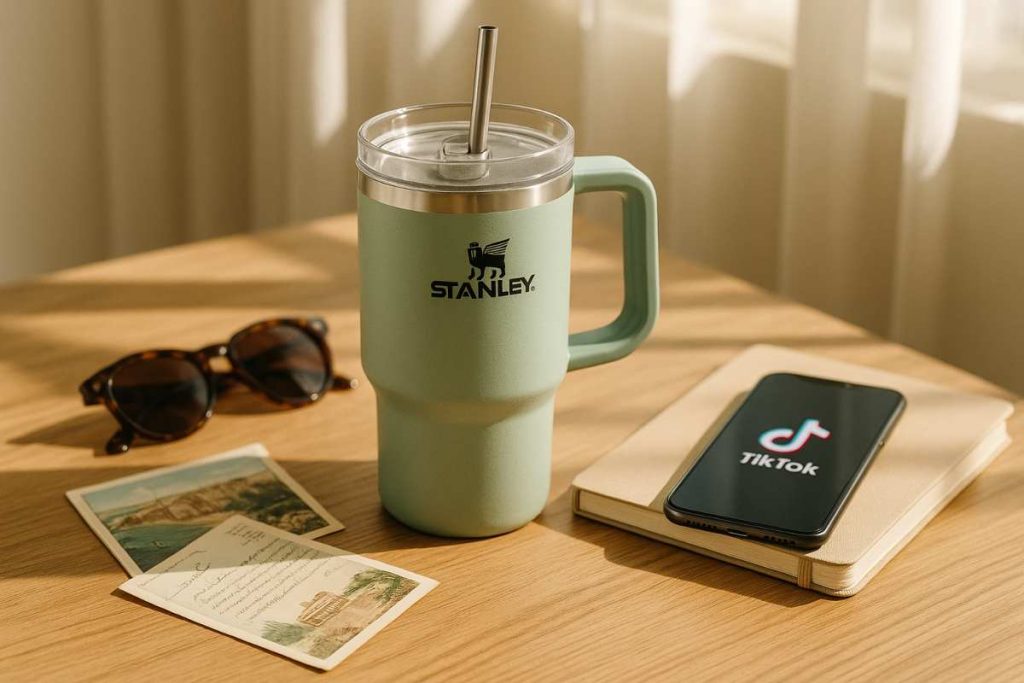
Rhode
Similarly, Rhode Beauty’s philosophy on being cruelty-free, multi-use, and a minimalist approach in their skincare and design. It became a fashion craze all of a sudden. Rhodes’ viral marketing strategy was to leverage emotions through Hailey Bieber’s celebrity influence and personal story of finding skincare solutions that worked for her. The narrative of Bieber’s personal philosophy and simplicity was effectively eaten by the consumers.
As brands continue to navigate the complexities of digital marketing. The importance of understanding and leveraging viral trends to their benefit. Virality is a blend of art and science that gives us a unique opportunity to reach a large number of audiences in an extremely short span of time.
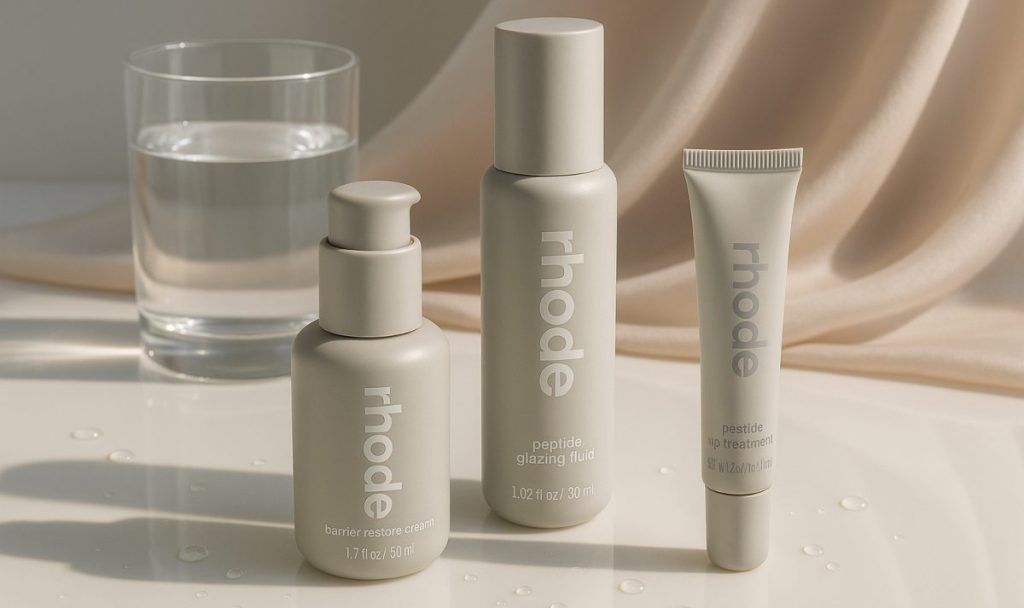
This requires an understanding of what drives people to share content. Whether it’s through the engineering prowess of Dyson or the minimal aesthetics of Rhode. Successful brands are those that create moments that evoke emotions and create a sense of community. As the digital landscape continues to evolve, brands that can master this art will thrive.
Those who do will find themselves at the forefront, leading the path to the next viral phenomenon. The next time you find yourself suddenly obsessed with a new product or trend. Know that you are part of a global community that is being expertly guided by some of the sharpest minds in the business







